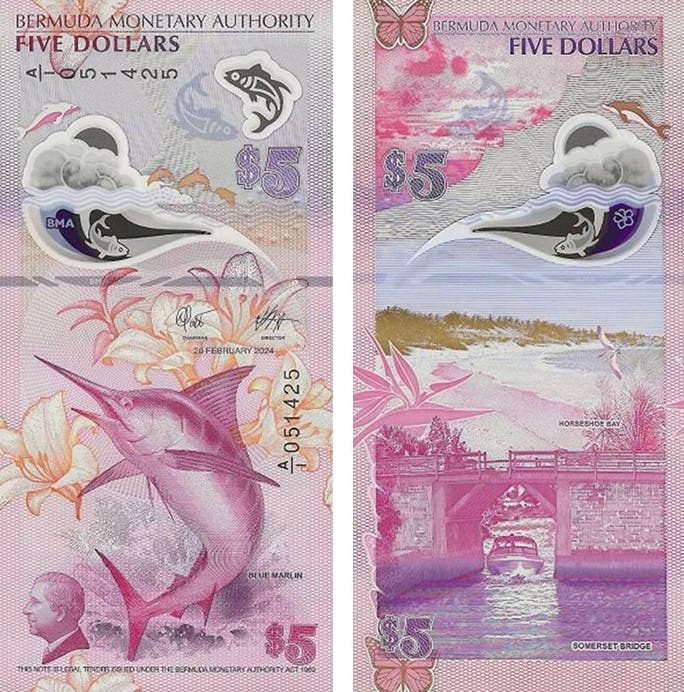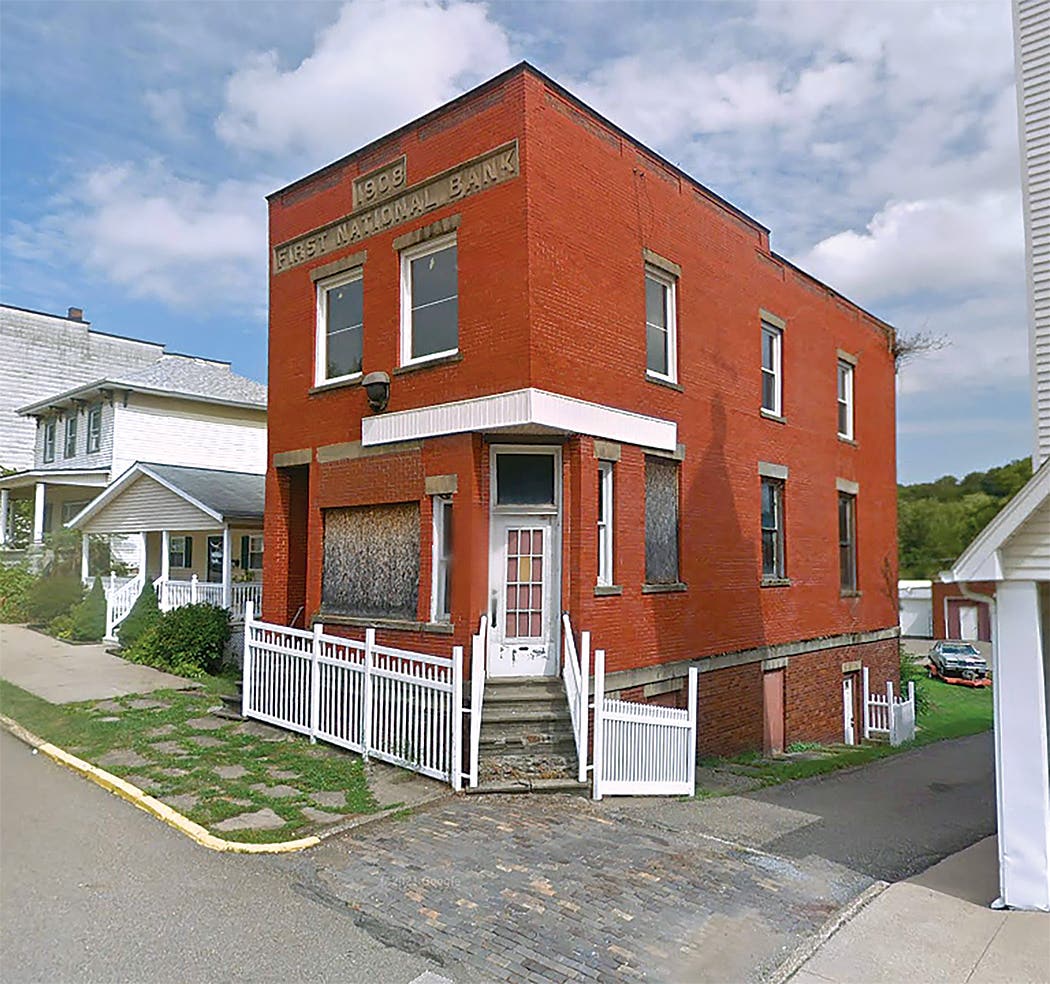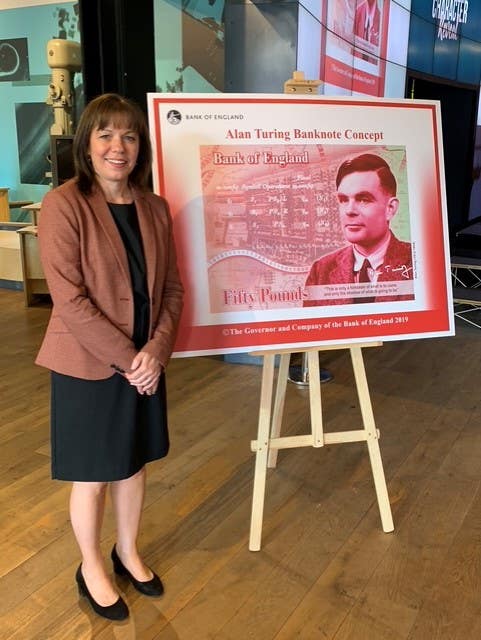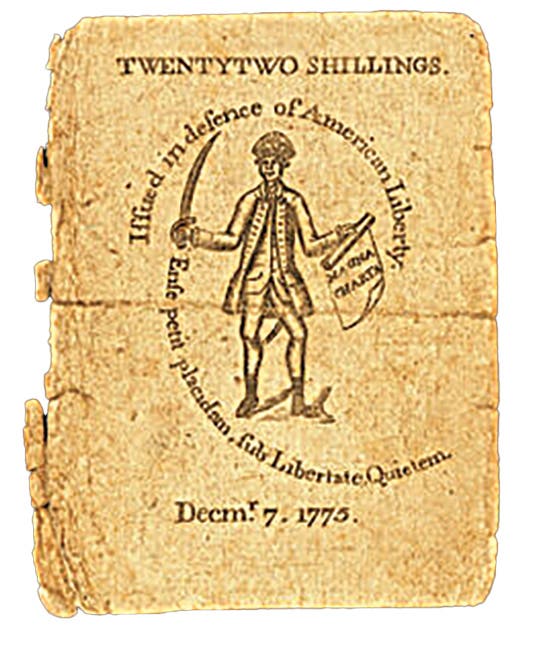Two Banks, One Small Town
This month we will continue a visit to Western Pennsylvania to visit a town from which I just added a very nice grade large note to my collection. In rural…
This month we will continue a visit to Western Pennsylvania to visit a town from which I just added a very nice grade large note to my collection. In rural Somerset County, southeast of Pittsburgh and close to the Maryland line, let’s visit quaint Rockwood, Penn.
Rockwood is a borough in Somerset County, Pennsylvania. The population was 850 at the 2020 census. It is around 57 miles southeast of Pittsburgh and easily reached from U.S. Route 219 via State Route 653. It is located due north of Pennsylvania’s highest peak, Mount Davis, and around 10 miles north of the Maryland state line.
Rockwood was initially known as Shaff’s Bridge and then Mineral Point. John Rockwood was an original settler, and the town is named for him. Farmers and lumbermen were originally drawn to the area by the fertile land and abundant natural resources. Philip Wolfersberger built a house in what is now Rockwood in 1856, and he laid out the town in 1857 with Martin Meyers serving as the primary surveyor. 1868 saw the development of a post office, Henry Werner built a tannery in 1869, and a railroad depot was built in 1871. Philip Stauffer Wolfersberger, a son of the above Philip Wolfersberger, was a ticket agent of the Baltimore & Ohio Railroad (B&O) and was instrumental in getting the current name of Rockwood to take hold. A view of Mineral Point / Rockwood appeared in a collection of photographs from along the B&O’s lines that was published in book form in 1872.
In the late 19th Century, Rockwood experienced significant growth as a result of the industrial revolution. The Rockwood Mill, a textile factory, was built in 1891 and attracted many workers to the area. The mill played a large role in the development of the town and in recent years was converted into the Rockwood Mill Shoppes and Opera House, which has become a tourist attraction. Rockwood also had a thriving coal industry. The Rockwood Electric Generation Station was built in 1904 and continues to operate today. It continues to be a major employer in the area.
The considerable economic activity in Rockwood resulted in the founding of not one but two national banks. The First National Bank of Rockwood, charter #5340, opened in May of 1900, a typical Gold Standard Act bank. It was closed by the receiver on April 20, 1934. In the 34 years of its operations, it issued a paltry $512,000 in notes, of which just $25,000 was outstanding at the close. I recently obtained a rather Choice XF large size note on this bank, which nicely filled my slot for this small bank. I have included a photo with this article. Note the strong signatures of J.R. Shanks, cashier, and H.F. Berkbile, president. The current census shows 5 large and 4 small notes reported, of which my large note is the finest known by far.
In May of 1910, Rockwood’s second bank, the Farmers and Merchants National Bank, received charter #9769 and opened for business across the street from the First National. The F&M was converted from the Rockwood Savings Bank. It operated for 24 years, interestingly closed by the receiver on the same day as the First National. Both banks have similar statistics; the F&M issuing $411,000 in notes, a figure equal to the First National if one considers the 10-year difference from their openings. The current census shows 3 large and 9 small reported. I have included a photo of a very nice large size note that recently appeared in auction.
Notes from both banks are scarce, with large size notes particularly dear. I bought my Rockwood note because it was high grade, something that is hard to find on these scarce small town issuers.
Rockwood is a classic pleasant small town located in a lovely setting with many outdoor activities, from hiking and fishing to boating and camping, all available in the environs. The Great Allegheny Passage, a 150-mile trail connecting Pittsburgh to Cumberland, Maryland, passes by Rockwood and is easily accessed for a short or long hike. The Casselman River runs through town and is a fun boating attraction.
The main part of Rockwood centers on Main Street (Rt. 653 in town) and the two old banks are easy to find, across the street from each other at 679 and 682 Main Street. The old First National Bank, next door to the Rockwood post office, is a stand-alone two-story brick façade structure which, at the time of my visit, was for sale. It appeared it had housed a barber shop at one time, given the presence of a barber pole affixed to the building. The For Sale sign indicated it also had upstairs apartments. I have included a vintage photo of the bank circa 1910 and a view of the building today.
The Farmers and Merchants National Bank building is across the street, the corner of a larger commercial block. The building originally housed the Rockwood Savings Bank, which converted to national status in 1910. The entrance is classic bank, with a fancy frieze pediment and two impressive columns flanking the door. It is a three-story affair, but has been converted, with the rest of the building, to apartments.
One of Rockwood’s most familiar and historic sites was the Merchants Hotel, a block-long 3-story brick structure at 703 Main Street. The hotel was erected in 1882 by Samuel Buckman at a cost of $10,000. Buckman was in the construction business, mainly railroad bridges, and his hotel was the finest structure in the area. I have included a photo of it. Unfortunately, the hotel building fell on hard times, and reverted to county control when it could not be sold at tax sale due to its deteriorated condition. It became a safety hazard, and the county slated it to be torn down in 2014. Another historic structure lost to abandonment.
Not far from Rockwood is the site of the Quecreek Mine Accident and Rescue Site. On July 24, 2002, coal miners accidentally broke into a flooded mine and 9 miners were trapped 240 feet below the surface for over 77 hours until they were rescued. Visitors may access the rescue site and visitor center.
Rockwood is a lovely small town with easy living and affordable homes. It is only 35 miles east of the luxury Nemacolin Resort and a few miles north of the Maryland line, easily accessible to Cumberland, Maryland. The crime rate is close to zero and the town is easily accessible to major roads and highways. If you are passing nearby on the way to Pittsburgh or Morgantown, W.V. from points east, a short detour to Rockwood and the nearby historic towns of Garrett and Meyersdale, is highly recommended.
Readers may address questions or comments about this article or national bank notes in general to Mark Hotz directly by email at markbhotz@gmail.com.








